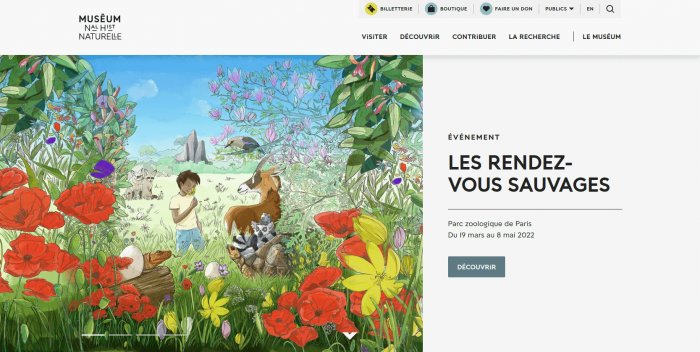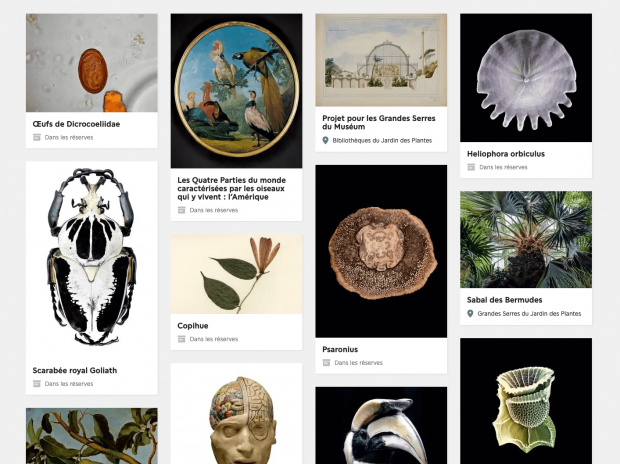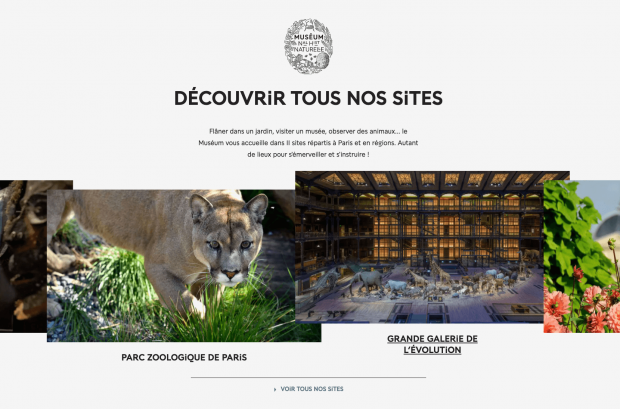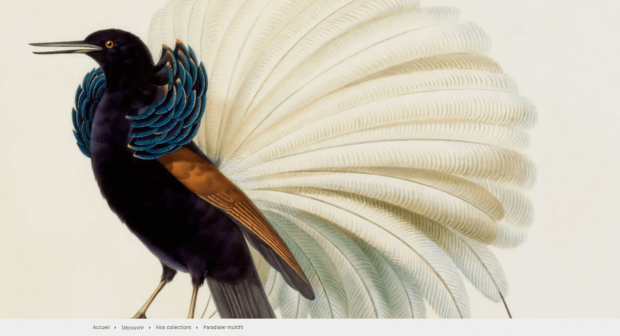 Support for Drupal 7 is ending on 5 January 2025—it’s time to migrate to Drupal 10! Learn about the many benefits of Drupal 10 and find migration tools in our resource center.
Support for Drupal 7 is ending on 5 January 2025—it’s time to migrate to Drupal 10! Learn about the many benefits of Drupal 10 and find migration tools in our resource center.In 2020, the French National Museum of Natural History (MNHN) and Insite partnered to set up a new website farm, migrate and redesign the MNHN website, from Drupal 7 to Drupal 9.
The aim of this new strategy was to provide users with a mobile first and responsive website, in addition to ease the deployment of future websites within the farm: Musée de l'Homme, Paris Zoological Park,...

National Museum of Natural History has chosen Drupal in 2009. In 2013, the Museum launched the development of a set of websites (more than thirty) on several multi-site platforms.
This choice has been questioned in 2017, but the many advances enabled by the move to “Drupal 8+” has erased the doubts expressed until then.
The Museum has highlighted several advantages of using Drupal:
- Websites longevity
- Websites scalability
- Easier websites maintenance
Goals
- Build a new "website farm" with Drupal 9 (several websites living and evolving together, not just a "website factory" of forks)
- Initiate the new MNHN website within the farm
- Create a common content structure ready to use for each website of the farm
- Migrate Drupal 7 existing features and content to the new environment
- Ease the deployment of future websites
Requirements
- Build with Drupal 9
- Use mock-ups already designed by MNHN
- Use the same content structure for all the websites of the farm
- Use the same base theme and modules for all websites, with some variations according to the specificity of each website
- Make content creation similar for each website
- Manage translation and localization
Outcome
- Improved user experience on mobile
- Easier creation of new a website: thanks to the website farm, the Museum can now quickly and rapidly create several websites from the portal site
Technical specifications
We used Config split to handle the configuration changes between websites within the farm.
Dynamic Entity Reference allowed us to showcase in the same list media entities and node content (selected and manually sorted).
We have built a system to manually share chosen content with chosen websites of the farm, upon Entity Share and JSON:API Extras.
Most of the other above modules are self-explanatory, and some deserve more fame!
As usual, we made several contributions to community modules while working on this project: from bug fixes and new features (Config Pages, Entity Share, Geysir, TacJS, WebP,...) to new contrib modules (Random 404 page, Footnotes all block) and various Drupal 9 compatibility fixes.
Almost all of our team was involved in this success story. That includes:
- 2 project managers: monitor and coordinate the project at a overall level, in close collaboration with the MNHN team
- 2 engineers – web experts: strategic and functional project management - one for the front-end, one for the back-end
- 1 web-designer: ensure compliance with the wire-frames designed by the MNHN team
- a team of 4 to 6 back-end and front-end developers: realize the operational delivery of the website


